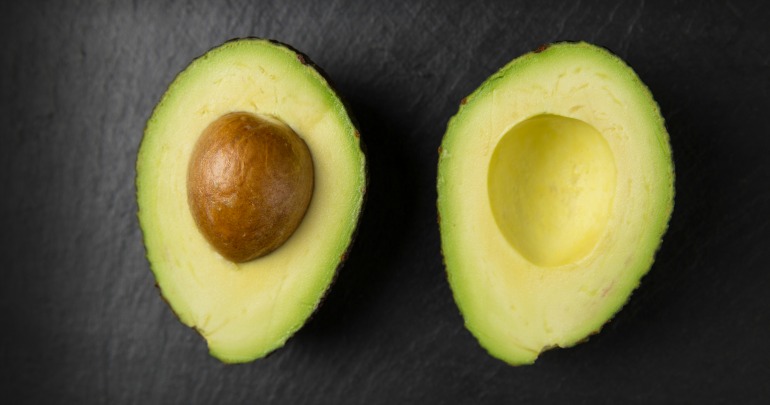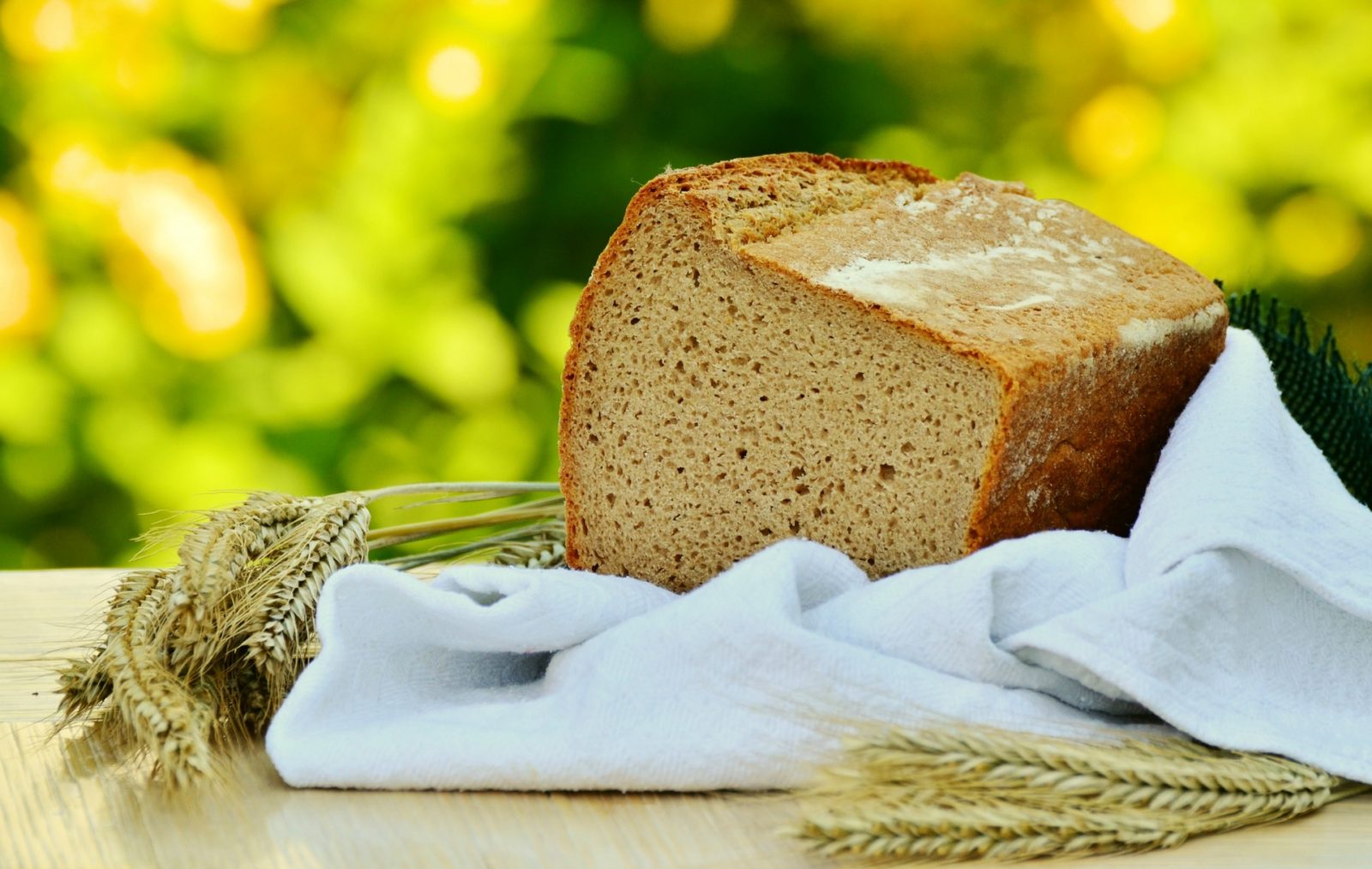
Whether you’re trying to lose weight or make better food choices, sticking to a diet isn’t easy. In fact, cutting out the things we love often means we don’t keep up the efforts we make for very long.
So, we asked a nutritionist to share some healthy food swaps, so you can improve your diet without depriving yourself of your favourite foods. With the help of Samantha Gemmell we’ve rounded up the best food swaps to kick off the new year.
It’s no secret that avocados are fantastic for your health and eating just one of the fruits per week could reap multiple health benefits. But did you know you can use avocado in your baking too? In fact, it’s a great substitute for butter.
Many baked recipes, such as chocolate cakes and brownies, will work just as well using mashed avocado — although you might want to think twice before adding avocado to something like a sponge cake! To work out how much avocado you need for your recipe, simply halve the amount of butter that is called for in the ingredients list. If you’re a bit sceptical about swapping butter for avocado, there are plenty of specific recipes online that are specifically made to have avocado instead of butter.
Of course avo is also great on toast, crackers and in salads where it can be used in lieu of cheese. Avocado not only adds a massive health boost to your diet, but also lowers the calorie count by a lot. For example, 250g of butter contains 1,750 calories, while 250g of avocado only contains 400 calories.

Potatoes are a staple for many Aussies, but switching them out for sweet potatoes can make a huge difference in your diet. Although potatoes eaten alone aren’t bad for you, Gemmell says it’s the way people prepare potatoes that ruins their reputation.
“People are more likely to consume potato in less healthy ways and form an unhealthy relationship with the vegetable as a result,” she says.
Of course sweet potatoes can also be treated like regular potatoes and baked with oil and salt or mashed with butter and milk, but their basic nutritional level offers a much healthier starting point. Sweet potatoes have a lower glycemic index than white potatoes, meaning they release energy slower and don’t cause your body’s blood sugar levels to spike as fast as a regular potato would. This also makes them a good option for diabetics who need to carefully control their blood sugar.
Sweet potatoes are also packed with nutrients such as beta-carotene, vitamin C and potassium, making them a fantastic addition to a healthy diet.
In addition, they higher in fibre than white potatoes, which Gemmell notes helps to “feed healthy gut bacteria and aid with digestion”.
Switching to whole wheat bread is one of the easiest ways to improve your diet and up your fibre intake, Gemmell explains.
Unfortunately white bread doesn’t provide much on the nutritional front. During the milling process, white flour is stripped to remove the grain’s bran and germ — removing these elements takes away the fibre, protein, iron and B vitamins. What remains on your plate is a quick-acting carb that has the potential to set you up for cravings a few hours later.
Whole wheat bread on the other hand contains the entire grain, and is a rich source of protein, healthy fats, vitamins and fibre.
“More fibre means steadier blood sugar and energy levels, and it also keeps your gut happy and healthy,” she adds.

You’ve probably heard of the spiralized trend that transforms your favourite veggies into healthy pasta substitutes. If you want to enjoy pasta without the added calories (or guilt), zucchini can be a great substitute.
In fact, a typical plate of spaghetti contains about 150 calories, while a bowl of zucchini noodles has just 84 calories. It’s also a great alternative for those who need to cut gluten out of their diets.
Zucchini not only lowers the calorie count, but is also packed with nutrients such as antioxidants and vitamins that have anti-inflammatory properties, which can improve heart health.
“It’s also a great source of vitamin C, and contains magnesium, potassium, vitamin B6 and fibre,” she adds.
And all you need is a spiralizer to turn raw zucchini into curly pasta noodles. Zucchini pasta works great in a salad or served with hot pasta sauce over the top.
White rice is a staple ingredient in many of our homes. While white rice is a delicious grain, it’s refined, which means the outer-layer of the grain (containing the nutrients), has been removed, and as you all know, it’s also high in carbs.
“White rice contains very little nutrition for a large amount of energy, often termed as ‘empty calories’,” Gemmell explains.
If you’re watching your waistline and looking to bump up your veggie-intake, cauliflower rice is a high-fibre, low-carb alternative to white rice that’s also packed with a number of vitamins.
“Cauliflower is an excellent source of antioxidants, particularly in those that are protective against multiple types of cancer and heart disease,” she adds.
All you need to do is grate the cauliflower florets until the texture resembles rice. Simmer in a pot of hot water over a medium heat for five minutes, it’s that easy!